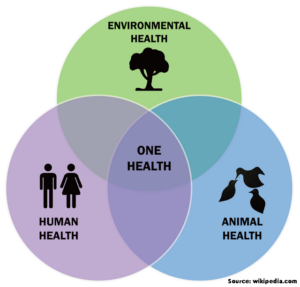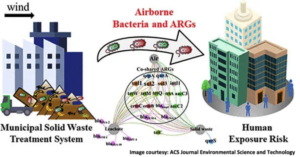The World Health Organization (WHO) characterizes food-borne diseases as “disease of infectious or toxic nature caused by consumption of food or water. Out of various food-borne pathogens, infections by Methicillin-resistant Staphylococcus aureus (MRSA) are continuously expanding within the community. Methicillin resistance in this bacterial species is very alarming for human wellbeing, as it has shown potential for zoonotic transmission. Sadly, this organism is capable of developing drug resistance quickly to different antimicrobials. This resistance is normally procured by horizontal gene transfer. It seems that the presence of MRSA is well established from the chicken meat samples having higher resistance towards Penicillin, Methicillin,Oxacillin, Cefoxitin, Chloramphenicol, and Erythromycin. However, the prevalence of MRSA and detection of Methicillin resistance gene has not been investigated from frozen chicken meat samples.
A recent study conducted by Parvin et al. (2021) made an effort in this direction. For this, a cross-sectional supershop survey was conducted to determine the prevalence, antimicrobial resistance pattern, and gene profile of MRSA in 113 domestic frozen chicken meat samples from Bangladesh. The identification of the organism was carried out using standard culture-based and molecular methods, and subjected to antimicrobial susceptibility testing and PCR. In total, 54.9% samples were positive for S. aureus, of which 37.1% isolates were identified as MRSA. It was observed that all the isolates were multidrug resistant (MDR). 52.2% of MRSA strains showed resistance to a minimum of 6 antimicrobial classes, and 47.8% isolates had resistance towards at least 9 antimicrobial classes. Among these, the highest rates of resistance were observed against Cefoxitin (100%), followed by Nalidixic acid, Ampicillin and Oxacillin (97.7%), Colistin (91.3%), Amoxicillin-clavulanic acid and Amoxicillin (87%), Penicillin-G and Cloxacillin (82.6%), Oxytetracycline (78.3%) and Cefixime (73.9%). The PCR screening showed the presence of Methicillin resistance gene in 43.5% isolates. In the end, the researchers concluded that the high prevalence of MDR MRSA in frozen chicken meat samples highlights the need for better sanitary education of food handlers in hygienic practices focusing on their potential role as reservoirs and spreaders of MRSA. Thus, proper hygienic measures should be taken to ensure the safety of food products with proper risk assessment to further clarify the possible health hazard for consumers.
To learn more, please visit the website of the journal of Microorganisms (Link)







